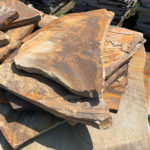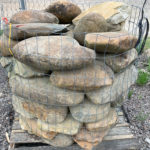
Many of us look forward to the warm summer days filled with going to the beach, hosting cookouts or lounging by the poolside. Insects also love the humid, warm summer season. A peaceful summer day can quickly turn into a nightmare if you don’t know how to prevent or handle insect infestations. Today, Carolina Fresh Farms discusses seven of the most common lawn and garden insects—both the good and the bad—so you know what to look out for. Be sure to check out your local Carolina Fresh Farms outlet for product recommendations and tips.
1. Fire Ants
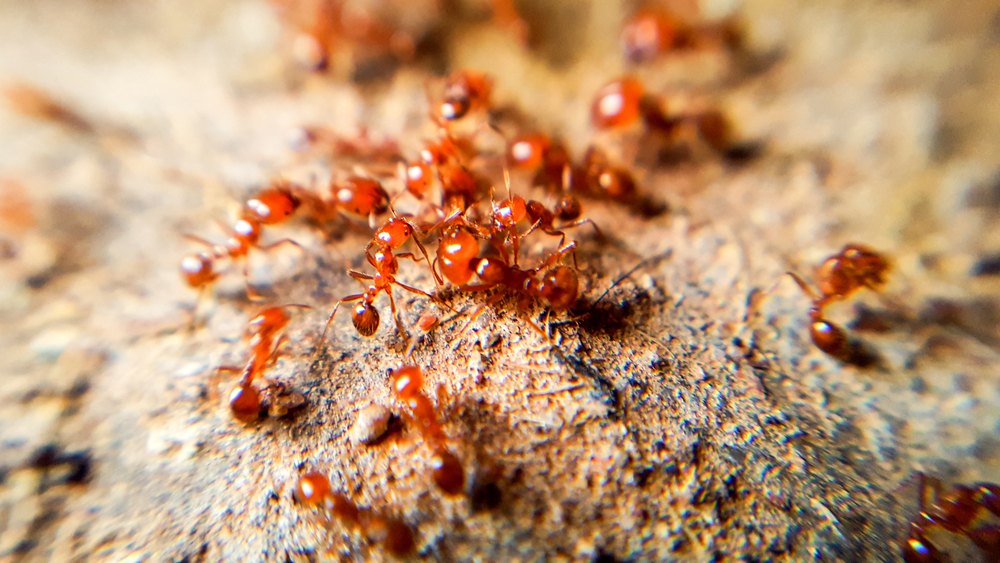
One of the most common insects that tend to show up as temperatures get hotter is the fire ant. Not only can their colonies damage lawns over time—their bites hurt! Fire ants are an aggressive species with mounds that can either be flat or dome-shaped. If you happen to spot a fire ant mound at home, don’t try to remove it by hand or with tools. Contact your nearest Carolina Fresh Farms outlet so that we can make professional recommendations on the best way to treat the infestation. Learn more
2. Sod Webworms
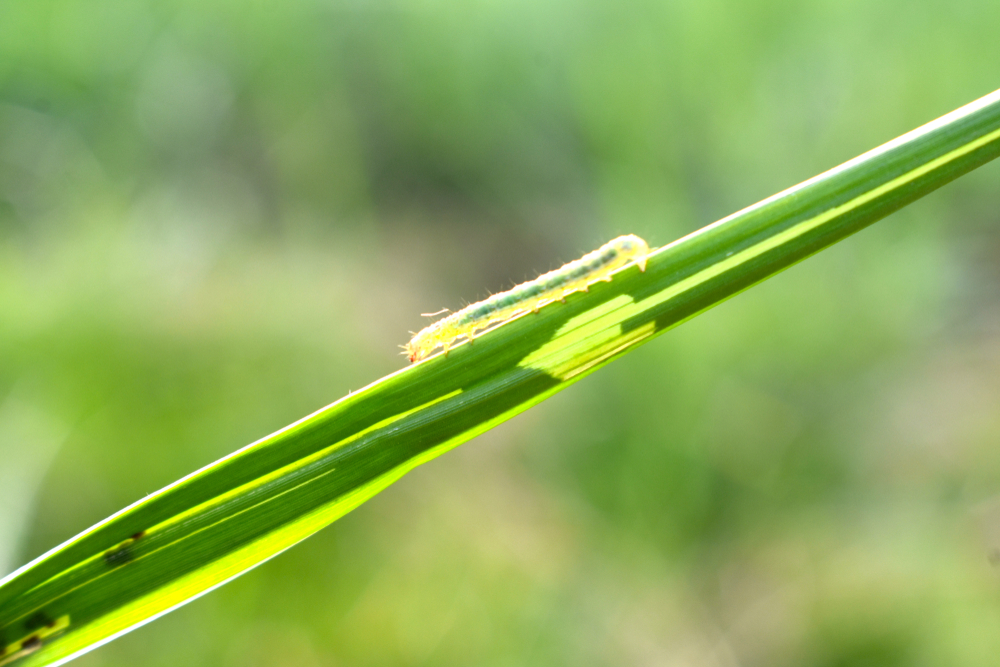
Sod webworms are notorious for chewing through the blades of turfgrass and lawns. Left unattended, they can completely destroy entire lawns and landscapes. One sign of a sod webworm infestation is the presence of small little webs in your turfgrass. Over-fertilizing your lawn with nitrogen creates a bunch of new growth and contributes to the thatch layer located within your lawns canopy. This is where sod webworms reside. If you suspect a sod webworm infestation, our Carolina Fresh Farms experts can provide you with recommendations for both treatment and lawn recovery.
3. Bees

As soon as temperatures are warm enough, you may begin to notice bees buzzing around your landscape. If you have a lot of flowers in your garden, you may see them feeding on pollen. Although some of us can be apprehensive of bees (after all, they can sting you!), they’re actually really good for your garden and the planet. Bees pollinate about 80 percent of flowering plants on Earth. They also contribute to higher yield from fruit and vegetables.
4. Japanese Beetles

Ever noticed those green, metallic-looking beetles on your rosebush? Despite the fact that they can seem pretty, Japanese beetles are really destructive to lawns, gardens, fruits, vegetables and other ornamental plants. Japanese beetles tend to show up in July and feed on leaves, leaving a skeleton-looking leaf behind with only the veins of the leaves intact. This can result in dead plants. Now imagine swarms of them in your landscape. If you’ve had a Japanese beetle problem in the past,locate your local Carolina Fresh Farms outlet and receive expert advice on how to keep these pests away.
5. Fall Armyworms

Although the word “fall” is a part of the fall armyworms name, fall armyworms can start appearing as early as May. However, the most severe infestations take place between August and September. Fall armyworms received their name due to traveling in large groups and eating everything in their path. Learn more.
6. White Grubs
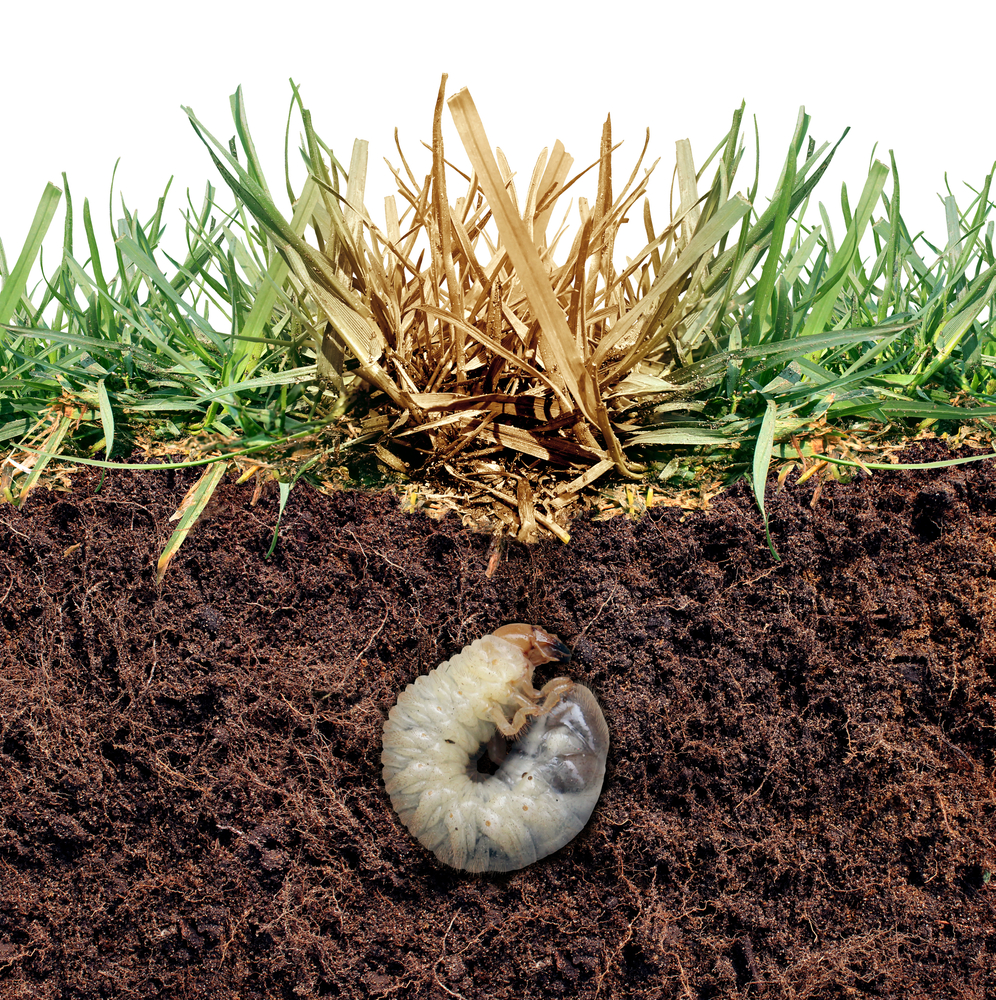
White grubs, also known as grub worms, are the larvae of several species of scarab beetles including the Japanese beetle. They are C-shaped, white or cream in color and dwell beneath the surface of your soil as they feed on the roots of turfgrass and other plants. Because they live underground, it may be difficult to see them. One key indicator is the presence of moles. If moles are destroying your lawn, they’re likely feeding on grubs. Learn more or contact us with any questions.
7. Wasps
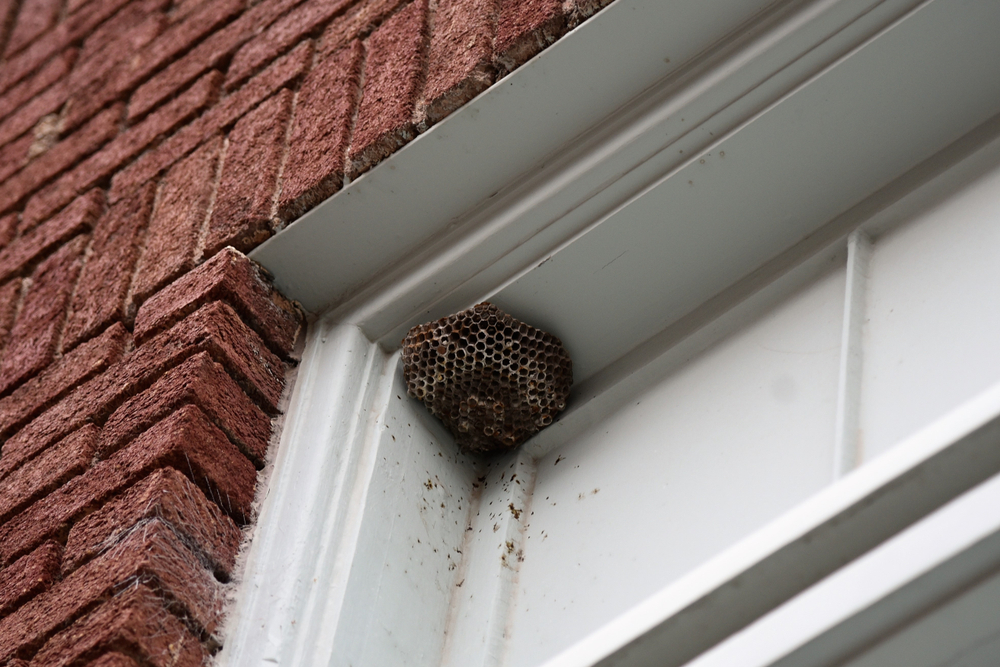
Unlike bees, wasps typically feed on food that’s been left outside with a lot of protein or they prey on other smaller insects. We suggest keeping your area clean after picnics and cookouts to keep from attracting wasps. Wasps are more aggressive and may even hold a grudge against you over time if you swat at it and fail to successfully kill it. If you suspect a nearby wasp nest, begin looking in the corners of archways, garage doors, front or back doors or under roof drains. Learn more.

